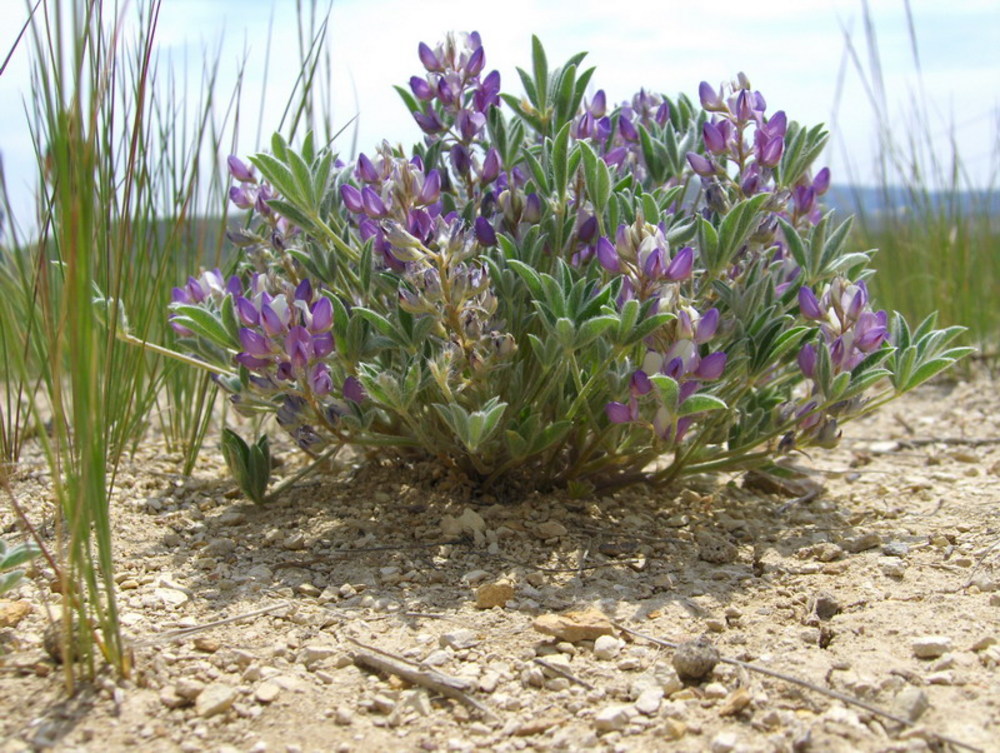William Cusick was a Northwest pioneer botanist who contributed enormously to the early knowledge of Oregon's flora. Cusick's particular area of exploration was the Wallowa-Blue Mountain region in the northeast corner of our state, but his botanizing and plant collecting had covered virtually every Oregon county by the time he was almost completely blind and deaf in the final decade of his life.
As an eleven-year-old lad, in 1853, Cusick came west from Illinois by covered wagon. He was the oldest child of Robert George Cusick, captain of the party, and he drove the oxen on the six-month journey. Even at that early age, he noticed the flowers, later stating: "We got to South Pass on the 4th of July. I remember seeing Calochortus nuttallii growing among the sage brush in the valley of the Snake River."
The Cusick family settled in Linn County on Kingston Prairie, where William went to school. He continued his education at La Creole Academy in Polk County and Willamette University. After a short stint in the Union Army during the Civil War, Cusick taught school for a time near Salem. His hearing began to fail, however, and he made the decision to become a rancher, joining his older brother Frank in the purchase of property on the Powder River near eastern Oregon's Blue Mountains.
After a chance meeting with minister-botanist Dr. Reuben D. Nevius, Cusick began to collect and press the wild plants of the Blue-Wallowa Mountain area, sending his collections to Harvard's Asa Gray to be named. Gray named several species for Cusick—the first was Veronica cusickii in 1878—and encouraged the young rancher to continue collecting and sending specimens. Thus began Cusick's nearly forty years of plant exploration throughout Oregon.
Cusick amassed two large personal plant collections, the first of which he sold to the University of Oregon in 1911. The purchase price for the approximately 10,000 sheets is unknown but may have been close to the $500 fee Thomas Jefferson Howell was paid to curate his own similar-sized donation in 1903. Cusick's second largest collection, composed of 6,000 sheets, made up primarily of plants collected west of the Cascades, was sold to Washington State College in Pullman in 1921. Young WSC botanist Harold St. John visited Cusick at the time of the purchase and described his visit: "[Cusick's] sight and his strength had begun to fail, but his enthusiasm was as keen as ever. Together we talked of a future trip to the alpine slopes of Eagle Cap, or the rugged ravine of the Imnaha, though it was evident at the time that he would never make another long collecting trip."
William Conklin Cusick died at his brother's home in Union on October 7, 1922. He is buried at the Union Pioneer Cemetery, where a well-marked grave with a clean white tombstone identifies him as a botanist and a Civil War veteran.
-
Cusick, William.
William Conklin Cusick, about 1877. Univ. of Oreg. Lib., Spec. Coll. and Univ. Archives, AR Sweetser Papers AX 75
-
![Cusick's lupine, Denny Flat, near Unity, June 2008.]()
Cusicks lupine at Denny Flat, 2, Jun 29 2008.
Cusick's lupine, Denny Flat, near Unity, June 2008. Photo by Roger Ferriel, courtesy U.S. Bureau of Land Management
Map This on the Oregon History WayFinder
The Oregon History Wayfinder is an interactive map that identifies significant places, people, and events in Oregon history.
Further Reading
Lange, E.F. “Pioneer Botanists of the Pacific Northwest.” Oregon Historical Quarterly 57 (1956): 108-24.
Love, Rhoda. “Pioneer Botanist William Conklin Cusick: His Dark and Silent World.” Kalmiopsis, Journal of the Native Plant Society of Oregon 14 (2007): 8-16.
Wagner, David. “History of the University of Oregon Herbarium (1903-1993).” Kalmiopsis, Journal of the Native Plant Society of Oregon. 4 (1994): 6-11.


